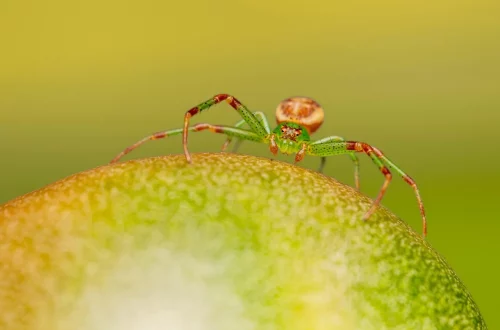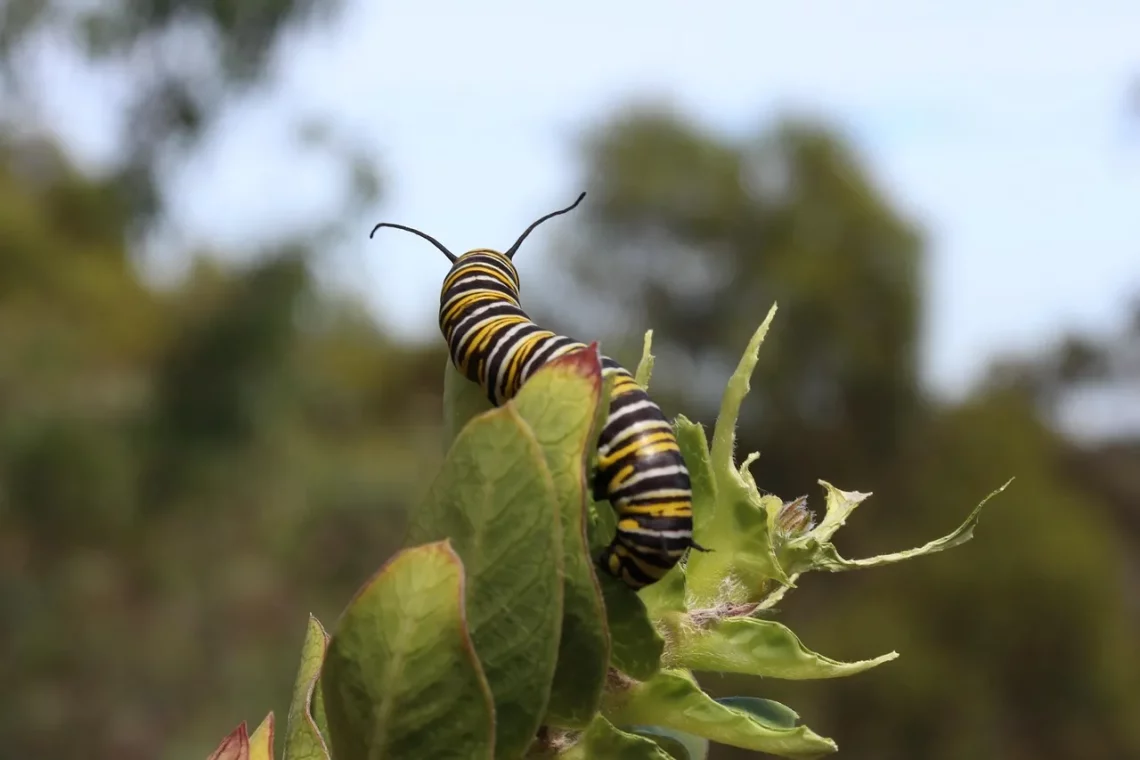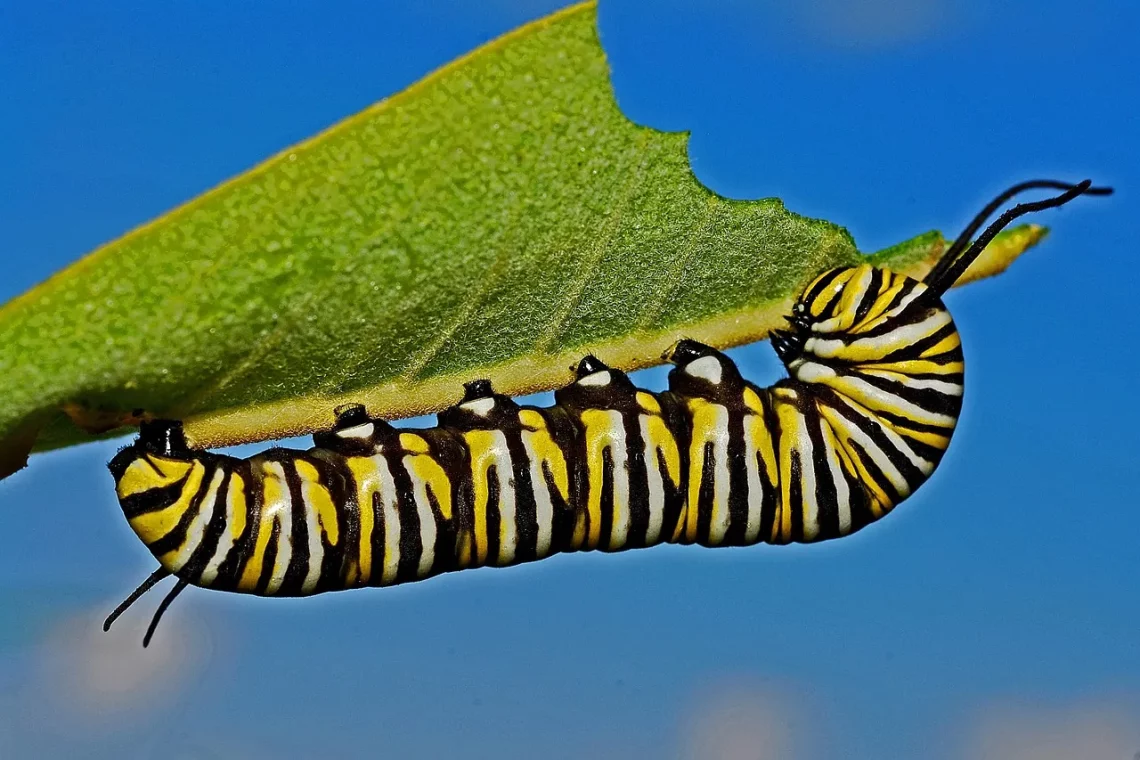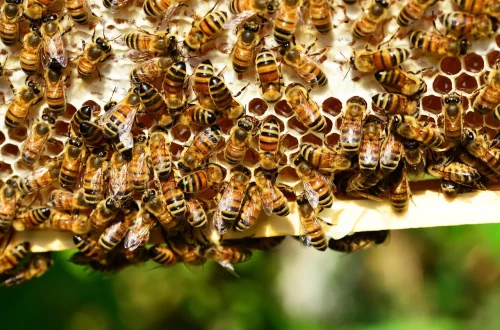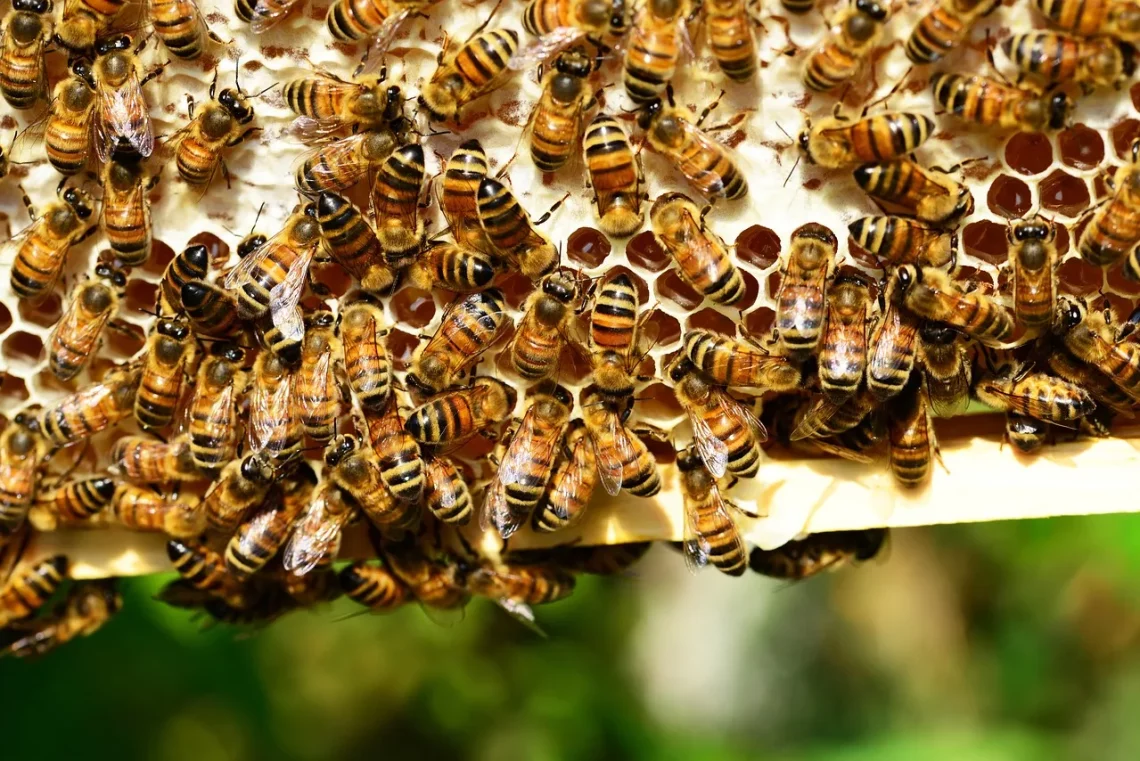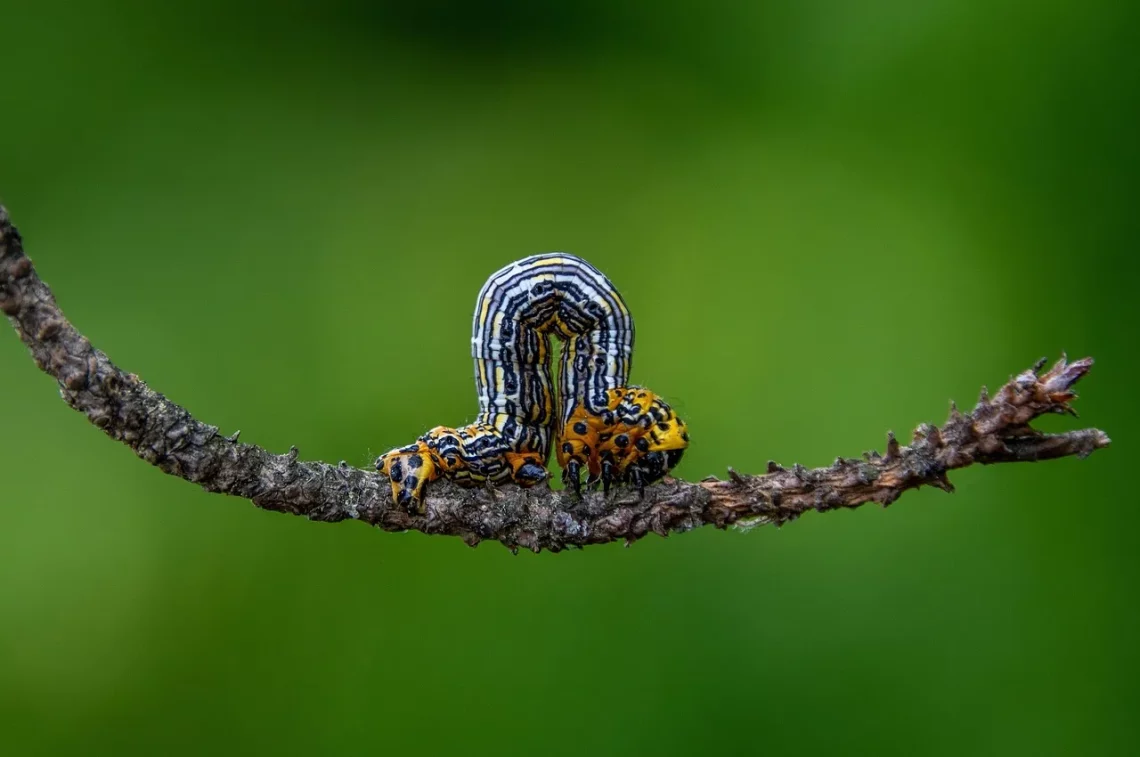-
Exploring Hair Under a Microscope: Unveiling Its Hidden Secrets
Hair has long been a subject of fascination, not only for its aesthetic qualities but also for the intricate biological structures that lie beneath its surface. When viewed under a microscope, hair reveals a complex world that goes beyond its superficial appearance. The microscopic examination of hair can uncover insights into its composition, growth patterns, and even the health of an individual. Each strand is made up of layers, with the outermost cuticle protecting the inner cortex and medulla. Understanding hair at a microscopic level can provide valuable information for various fields, including dermatology, forensics, and even product development in the beauty industry. The microscopic structure of hair can indicate…
-
The Fascinating Life Cycle of the Pumpkin Caterpillar Explained
The fascinating life cycle of the pumpkin caterpillar is a subject that captivates both entomologists and nature enthusiasts alike. This remarkable insect, scientifically known as the Cucullia convexipennis, is closely associated with the pumpkin plant and is a key player in the ecosystem. Understanding its life cycle not only enlightens us about this specific caterpillar but also sheds light on the broader ecological relationships that exist within our gardens and agricultural lands. From egg to adult, the pumpkin caterpillar undergoes a series of transformative stages that illustrate the complexity of nature’s design. Each phase of its life is intricately linked to environmental factors such as temperature, humidity, and the availability…
-
The Fascinating Life Cycle of the Pumpkin Caterpillar Explained
The pumpkin caterpillar, known scientifically as the *Cucullia convexipennis*, is a fascinating creature that captivates both entomologists and garden enthusiasts alike. This unique insect is often associated with the fall season, particularly due to its connection with pumpkins and other gourds. As an essential part of the ecosystem, the pumpkin caterpillar plays a significant role in the food chain, serving as both a pollinator and a food source for various birds and other predators. Its life cycle is a remarkable journey of transformation and adaptation that not only highlights the beauty of nature but also serves as a reminder of the delicate balance within ecosystems. Understanding the pumpkin caterpillar’s life…
-
Do Bees Really Have the Ability to Smell Fear in Humans?
Bees are fascinating creatures that play a crucial role in our ecosystem. They are often associated with honey production, pollination, and biodiversity. However, the intricate behaviors and capabilities of bees extend far beyond these well-known functions. Among the many myths and misconceptions surrounding these insects, one of the most intriguing is the idea that bees can smell fear in humans. This notion raises questions about the sensory capabilities of bees and how they interact with their environment, including humans. The relationship between bees and humans is complex; while bees are generally not aggressive and will only sting when they feel threatened, the perception of fear can alter their behavior. This…
-
Understanding the Fascinating Features of a Caterpillar Nose
Caterpillars, the larval stage of butterflies and moths, often captivate the imagination with their vibrant colors and peculiar appearances. While most people are familiar with their transformation into beautiful winged creatures, the intricate details of their anatomy often go unnoticed. One of the most fascinating features of caterpillars is their nose, or more accurately, the structures that serve a similar purpose. Understanding how these organisms function and interact with their environment can provide insight into their survival strategies and evolutionary adaptations. Caterpillars’ ability to thrive in diverse habitats is intricately linked to their sensory mechanisms, including their nose-like structures. These sensory organs are not only pivotal for locating food but…
-
Understanding the Unique Features of the Caterpillar Nose
Understanding the Unique Features of the Caterpillar Nose Caterpillars, the larval stage of moths and butterflies, are fascinating creatures that often evoke curiosity in both children and adults alike. Their transformations into beautiful butterflies or moths are remarkable, but it’s not just their metamorphosis that captures our attention. One of the most intriguing features of these insects is their nose, or more accurately, their head structure, which serves several essential functions in their survival and development. The anatomy of caterpillars is uniquely adapted to their lifestyle, which primarily revolves around feeding and growth. Unlike adult butterflies and moths, caterpillars have specific adaptations that support their role as herbivores. These adaptations…
-
Exploring the Fascinating World of Yellow Stuff in Nature and Science
The vibrant color yellow is often associated with warmth, joy, and energy. It captures attention and evokes feelings of positivity and brightness. In nature and science, yellow takes on various forms, each with its own significance and role. From the radiant yellow blooms of sunflowers reaching towards the sky to the scientific implications of yellow pigments in biology and chemistry, this color holds a unique place in our understanding of the world around us. As we delve into the fascinating aspects of yellow in nature and science, we discover that it symbolizes more than just a hue. It represents growth, vitality, and even caution in specific contexts. The exploration of…
-
The Fascinating World of Mantis Egg Cases and Their Development
The world of mantises is as captivating as it is diverse, showcasing a myriad of species, each with its own unique characteristics and behaviors. Among the most intriguing aspects of these insects is their reproductive strategy, particularly the formation of egg cases. These structures, often referred to as oothecae, are not just simple protective coverings; they are complex biological creations that play a pivotal role in the life cycle of mantises. The ootheca serves as a fortress for the developing embryos, safeguarding them against environmental threats and predators. As the seasons change, these egg cases become a common sight in gardens and natural habitats, leading many to wonder about the…


